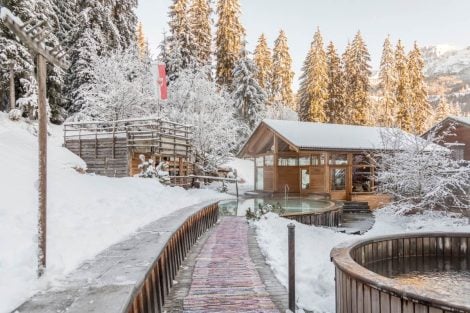Less poetry, less oxygen, more substance. Tastings set the precedent. We conducted the latest tastings in Verona during Vinitaly, at the Gambero stand. The final result was clear: the gap in whites is embarrassing, while there is at least a discussion to be had about reds. The screw cap is confirmed as an elixir of longevity for wine, enhancing its fresh character and acidic tension.
The "screw cap group"
The only goal scored by cork also sparks heated and rather sensible debates. At the center of attention are the "screw cap group," a close-knit group of winemakers who have come together to promote the use of screw caps, challenging deeply rooted traditions and clichés in Italy. Figures like Walter Massa, Mario Pojer, Graziano Prà, Silvio Jermann, Frantz Haas Junior, and the latest addition to the group, Sergio Germano (pictured), have finally managed to ignite an increasingly fervent and intense debate. Essentially, all the magic of the terroir, variety, vintage character, and the producer's style is in the hands of the closure: small details create enormous differences in the glass. The topic is no longer taboo and is increasingly being focused on, with a wider range of options available for producers to seal their bottles than ever before.
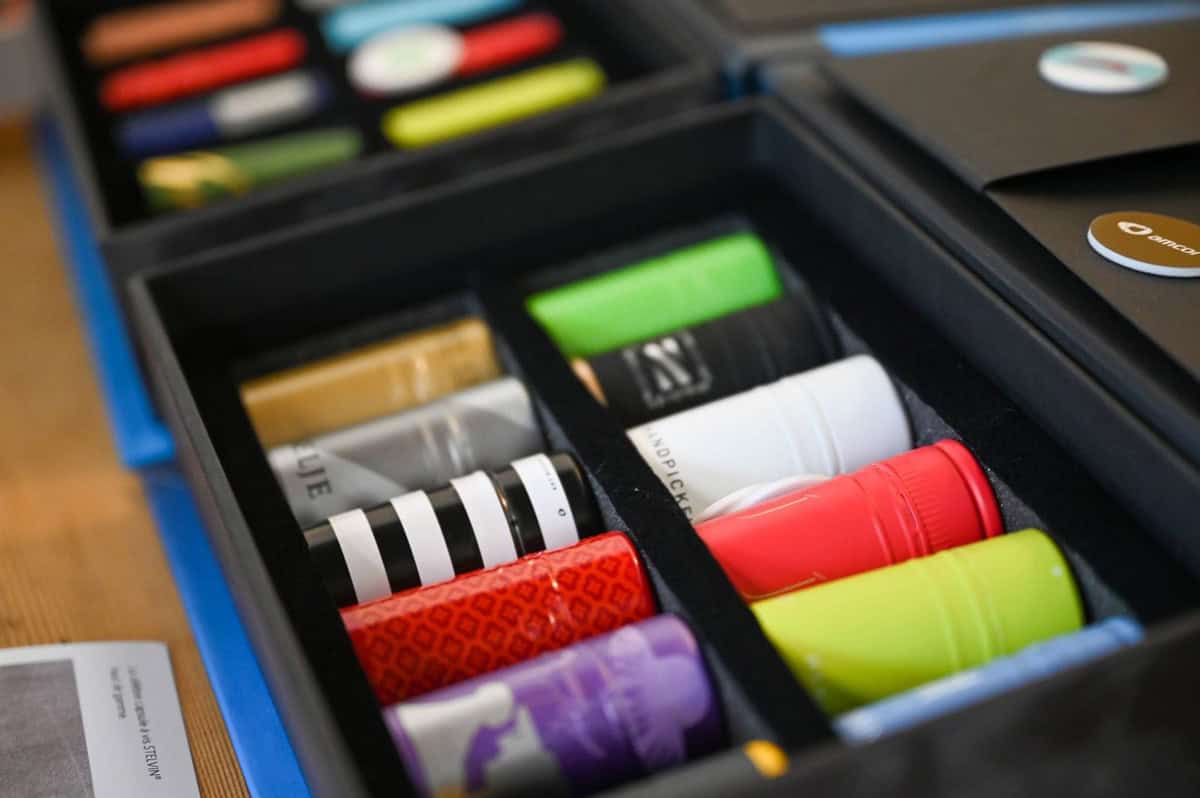
screw caps in different colors and design
Technology in significant improvement
On the technological front, the level of suppliers has clearly jumped: "The crux of the matter is especially the membrane that determines permeability and the amount of oxygen that passes through. Now we have several with technical specifications that tell us exactly how much oxygen passes into the wine per day and vice versa: this way, the producer can choose the one that best reflects their idea of evolution for each wine," explains Emanuele Sansone, General Manager of Italy at the Guala Closures Group. The company from Alessandria sells almost 3 billion screw caps worldwide, with the Italian share around 250 million units. A screw cap costs between 10 and 15 cents, a significant saving compared to cork, considering that some single-piece corks can cost up to 1.5 euros each. "Today we have approached small wineries because we give them the opportunity to try, providing not only screw caps but also a capping machine and a technician for training, with the possibility of sealing even just 100-200 bottles to test over time." Given the results, many then decide to adopt aluminum. In Italy, despite the decline in bottled wine, there was a 10% growth in 2023, with the adoption rate of screw caps rising by 7%. Additionally, the environmental impact of aluminum caps is lower than that of cork: aluminum is recyclable, and the caps are made of 40% already-used metal.
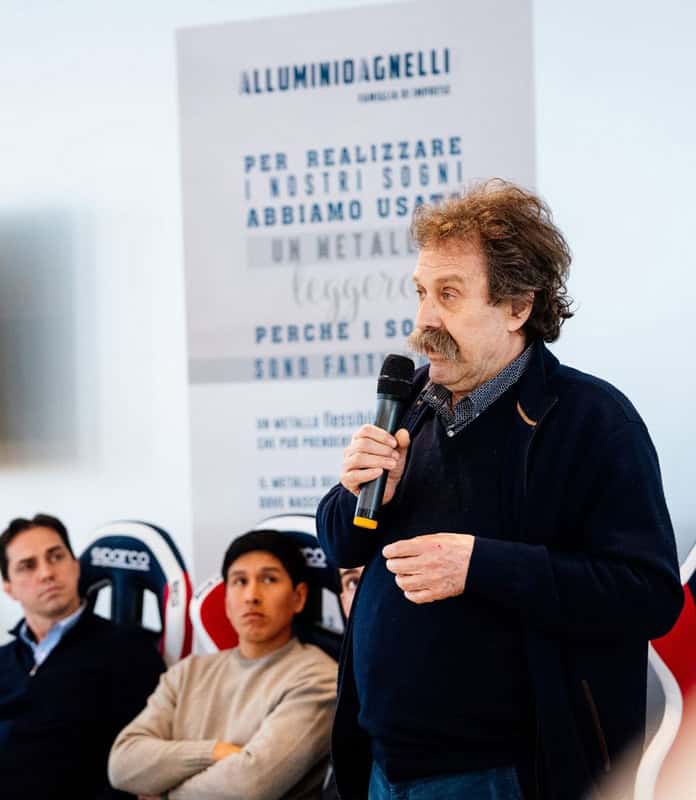
Mario Pojer
Halving production waste
If cork's production waste is around 5%, that of screw caps drops to 2%. "I've tried everything. Membranes with different oxygen transmission rates have made a breakthrough. The screw cap is the best solution because it ensures that the wine is decided by nature, with no deviations. And the problems are not just about TCA (the dreaded cork taint), cork can contaminate the wine with glue, sulfuric acid, or caustic soda," warns Walter Massa. "For aesthetic reasons, increasingly bleached and refined corks are on the market, and oxygen peroxides can cause oxidation problems. In some cases, the cork can impart tannins or even brett flavors." Mario Pojer adds another valuable point: "By bottling with a screw cap, we can reduce the amount of sulfur by about 20%. Moreover, the wine evolves more precisely because the initial reduction is carried forward over time." The difference between his two Müller Thurgau 2007s is like night and day: the one closed with cork has a muddy color and flirts with the afterlife, while the other is still youthful and has much to say. "For me, white is eternal," smiles Mario.
The real shift in the early 2000s
His enlightenment about the screw cap came during a trip to Switzerland, while for Graziano Prà, another pioneer of technical closures, the spark was lit in the US in the early 2000s. Just like Silvio Jermann, who was one of the first to introduce screw caps on important wines starting with the legendary Vintage Tunina, which at the time divided the public. In our guide tastings, we have been doing double comparisons for years, and punctually the Tunina closed with a screw cap would score a cent higher. Just like in Verona, with a sumptuous 2013. "The taboo is now broken: it is not true that wines remain embalmed with screw caps, but they evolve, just more slowly. For us producers, it is a guarantee that all bottles are uniform, consistent, and respectful of our work," says Silvio. "In the early 2000s, I started with silicone, but over time it lost its elasticity. The first vintage with a screw cap was 2007, and today I seal over 50% of my production with it. Many Michelin-starred restaurants finally accept and promote them."

Walter Massa
New aging parameters
One of the problems with technical closures, admits a supplier, is still education: the screw cap might not fit well if the bottle has slight imperfections, unlike the cork, which adapts to the bottle's neck. But the path seems clear, and we will probably have to get used to remodulating our perception of aged wine: with a screw cap, the time intervals and expectations need to be revised. Older wines seem younger, a more detailed snapshot of the vintage. And what will become of that sweet sound of cork when we uncork? Once, says Attilio Scienza, the cork was pure innovation, today it is tradition. For the screw cap, it's only a matter of time. In Verona, it wasn't difficult to identify the wine sealed with a screw cap in the blind pairings: beyond the color, it was the tastier one.


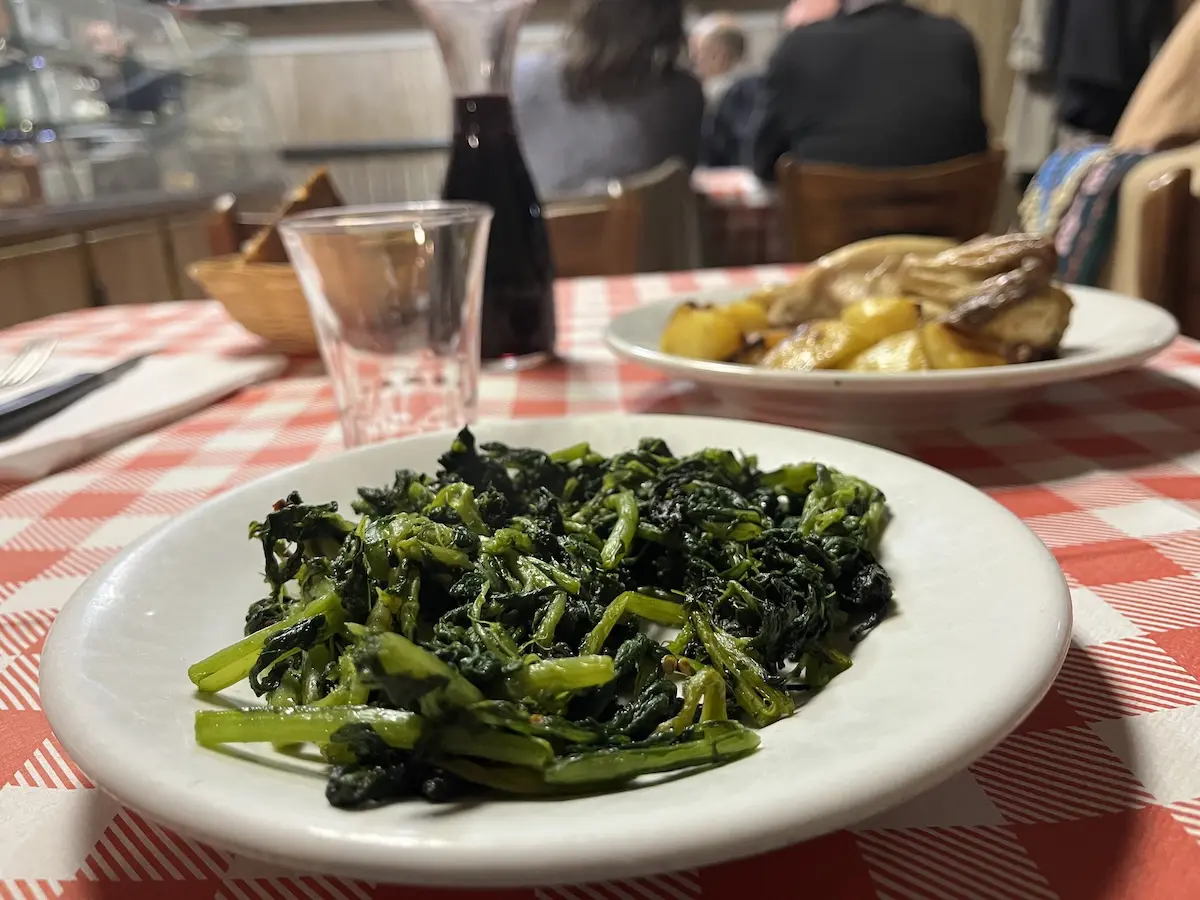 Why not every trattoria should be written about
Why not every trattoria should be written about Brigitte Bardot’s final rosé: the wine that marks the end of an icon
Brigitte Bardot’s final rosé: the wine that marks the end of an icon What you need to know about Italy's new decree on dealcoholised wine
What you need to know about Italy's new decree on dealcoholised wine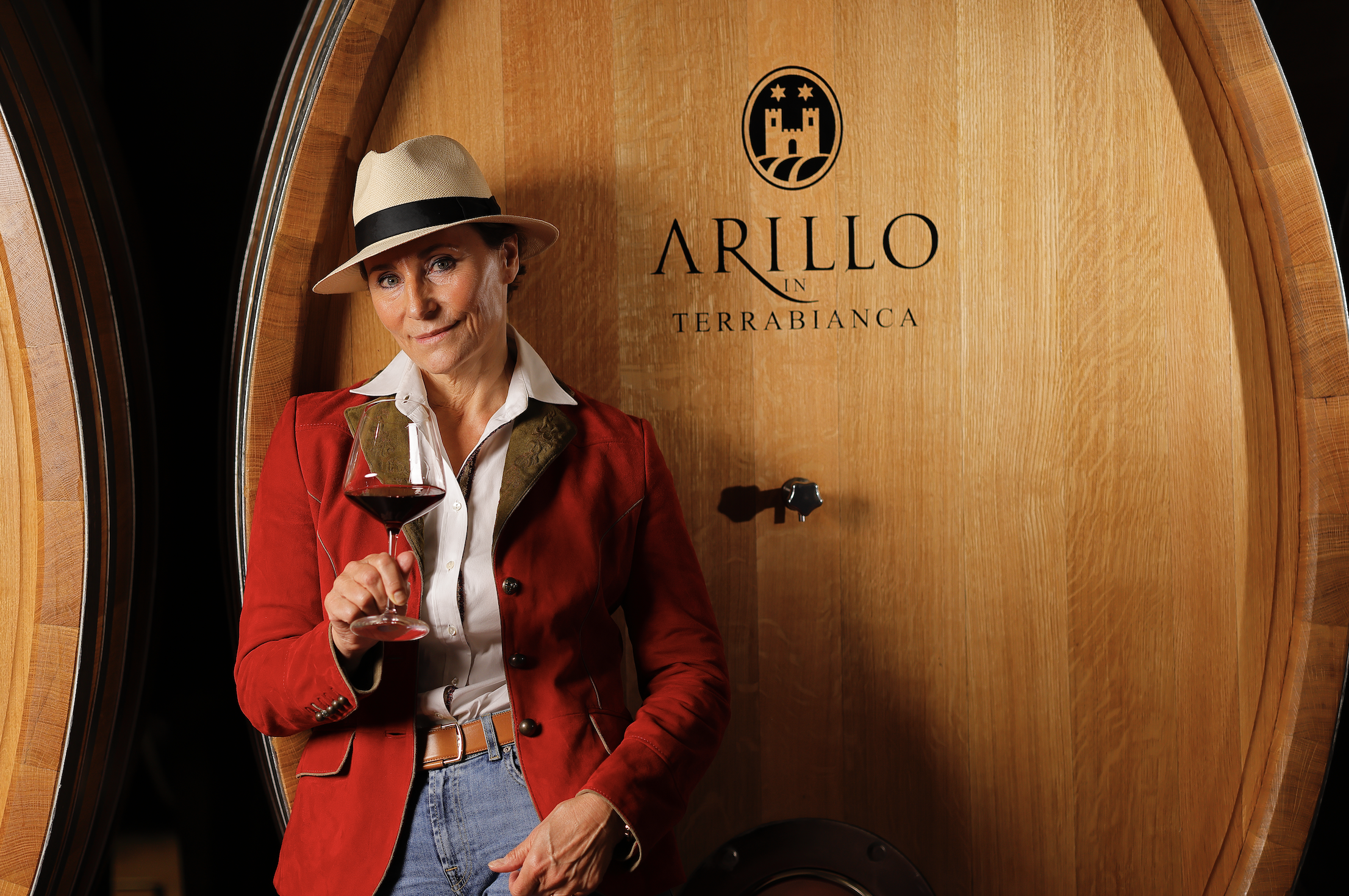 Why Arillo in Terrabianca's organic approach is paying off
Why Arillo in Terrabianca's organic approach is paying off
